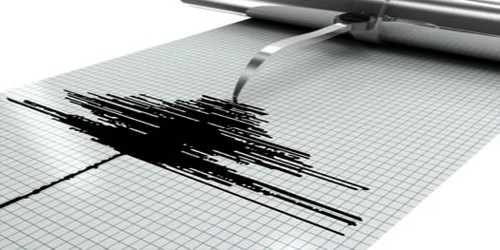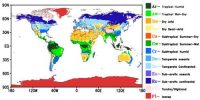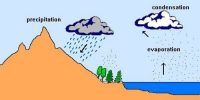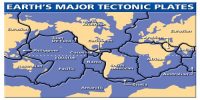Measuring Earthquakes
The earthquake events are scaled either according to the magnitude or intensity of the shock. The magnitude scale is known as the Richter scale. The magnitude relates to the energy released throughout the quake. The magnitude is expressed in absolute numbers, 0-10. The intensity scale is named after Mercalli, an Italian seismologist; this scale uses the observations of the people who experienced the earthquake to approximation its intensity. The power of an earthquake is measured using a seismometer. A seismometer detects the vibrations caused by an earthquake. It plots these vibrations on a seismograph. The intensity scale takes into account the visible damage caused by the event. The range of intensity scale is from 1-12.
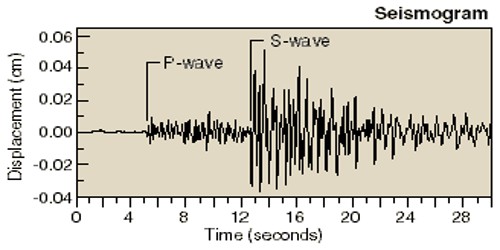
Earthquakes measuring just one or two on the scale are especially general and can happen every day in places like San Francisco. These earthquakes are so small that people cannot feel them, they can only be picked up by a seismometer. Earthquakes measuring around 7 or 8 on the Richter scale can be devastating.
Earthquakes with magnitude of about 2.0 or less are typically called micro earthquakes; they are not usually felt by people and are regularly recorded only on local seismographs. Events with magnitudes of about 4.5 or bigger – there are numerous thousand such shocks annually – are strong adequate to be recorded by susceptible seismographs all over the world.
